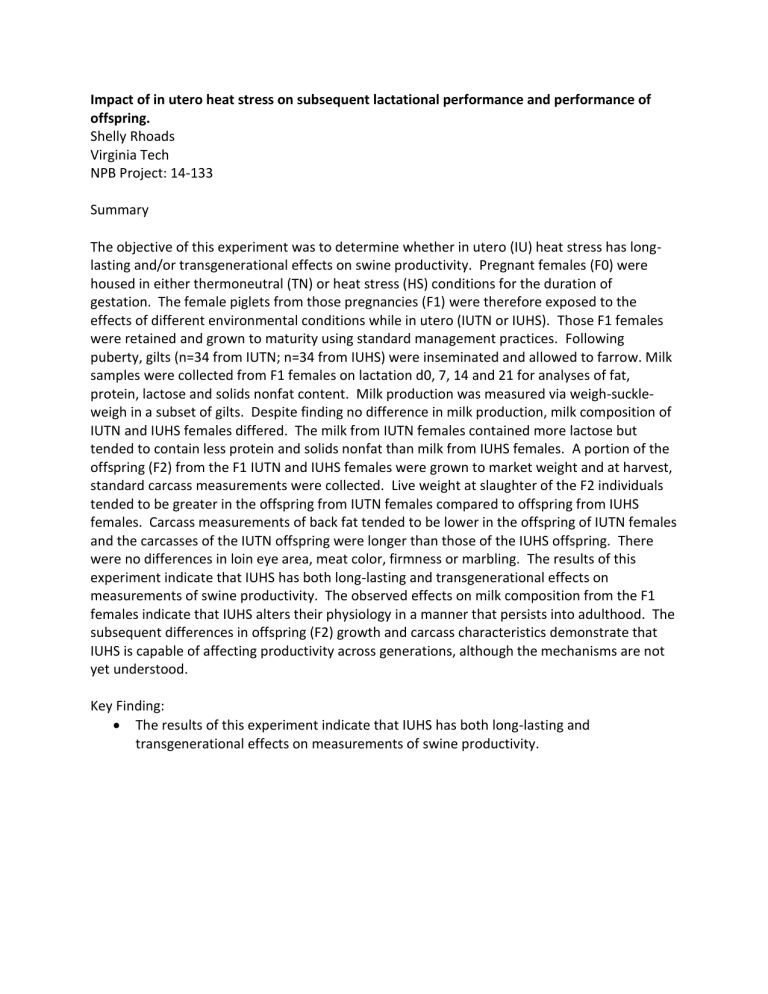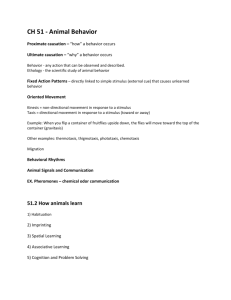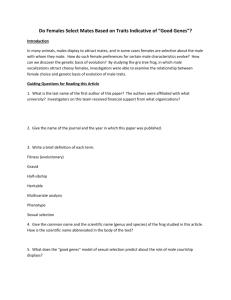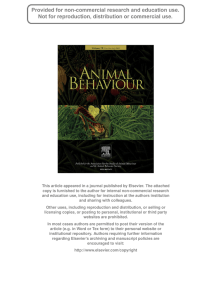Impact of in utero heat stress on subsequent lactational performance

Impact of in utero heat stress on subsequent lactational performance and performance of offspring.
Shelly Rhoads
Virginia Tech
NPB Project: 14-133
Summary
The objective of this experiment was to determine whether in utero (IU) heat stress has longlasting and/or transgenerational effects on swine productivity. Pregnant females (F0) were housed in either thermoneutral (TN) or heat stress (HS) conditions for the duration of gestation. The female piglets from those pregnancies (F1) were therefore exposed to the effects of different environmental conditions while in utero (IUTN or IUHS). Those F1 females were retained and grown to maturity using standard management practices. Following puberty, gilts (n=34 from IUTN; n=34 from IUHS) were inseminated and allowed to farrow. Milk samples were collected from F1 females on lactation d0, 7, 14 and 21 for analyses of fat, protein, lactose and solids nonfat content. Milk production was measured via weigh-suckleweigh in a subset of gilts. Despite finding no difference in milk production, milk composition of
IUTN and IUHS females differed. The milk from IUTN females contained more lactose but tended to contain less protein and solids nonfat than milk from IUHS females. A portion of the offspring (F2) from the F1 IUTN and IUHS females were grown to market weight and at harvest, standard carcass measurements were collected. Live weight at slaughter of the F2 individuals tended to be greater in the offspring from IUTN females compared to offspring from IUHS females. Carcass measurements of back fat tended to be lower in the offspring of IUTN females and the carcasses of the IUTN offspring were longer than those of the IUHS offspring. There were no differences in loin eye area, meat color, firmness or marbling. The results of this experiment indicate that IUHS has both long-lasting and transgenerational effects on measurements of swine productivity. The observed effects on milk composition from the F1 females indicate that IUHS alters their physiology in a manner that persists into adulthood. The subsequent differences in offspring (F2) growth and carcass characteristics demonstrate that
IUHS is capable of affecting productivity across generations, although the mechanisms are not yet understood.
Key Finding:
The results of this experiment indicate that IUHS has both long-lasting and transgenerational effects on measurements of swine productivity.









